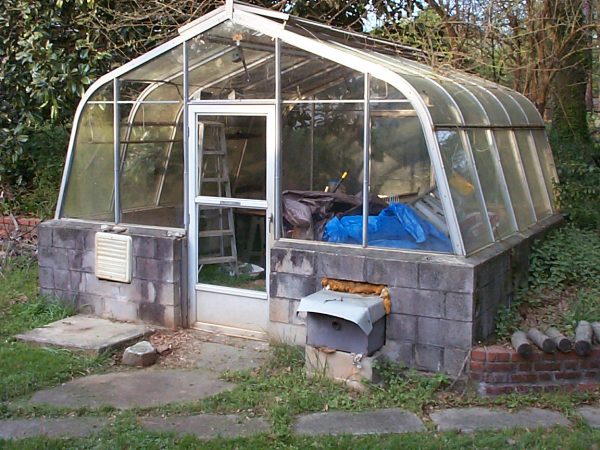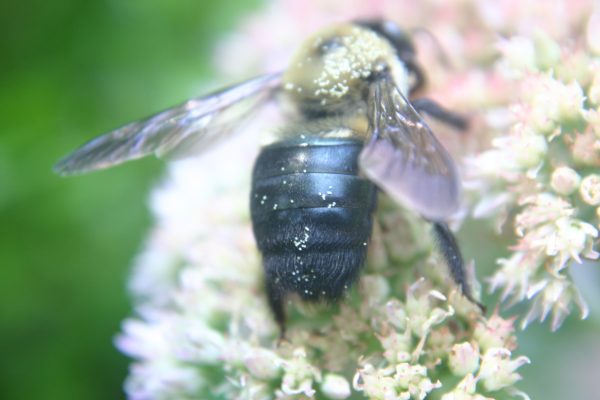Bog – Building
It has gotten harder and harder to impress my son. Although he is nearly nine, I can still remember how excited he would become when we uncovered a worm in our garden. Now the only thing that reliably brings a light to his eyes is a discussion of the relative merits of Pokemon cards. So last week when he caught sight of my newly finished bog garden, his “That’s cool, Daddy.” was high praise to my ears.
He wasn’t impressed by the hole I had dug nor by the slate walk I had carefully laid around the bog. What really impressed him was the pitcher plants I had installed. Of course, I immediately latched onto the teachable moment and described how the narcotic nectar of the plant causes flies to fall to the bottom of the tube. I graphically described how the insects are digested by enzymes. Then I moved into ultra-cool high gear: “Next week we’ll have Venus Fly Traps and you can feed them flies!”
Better than a Japanese Pikachu, stronger than a foil Blastiose, the vision of mayhem in the garden has newly inspired my son to the thrill of gardening. If you have kids or grandkids, building a bog could be a great project together.
SITE Most bog plants grow best in sunshine. Though you might think it better to place the bog where the soil is naturally wet, use caution. Water running off from your lawn might contain chemicals harmful to your bog plants. The size of the bog is up to you but a minimum diameter is three feet by three feet with a depth of eighteen inches. Larger bogs have the advantage of drying out more slowly and they are more attractive to backyard wildlife.
DIG THE HOLE Excavate your soil so that one edge of the hole is an inch or two lower than the other sides. This is where any excess water will drain out. Line the hole with heavy-duty (6 mil.) sheet plastic, leaving a 6-inch border of plastic all around. Cover the plastic edge completely with large stones. Mix general purpose sand (not play sand) and peat moss 50:50 in a wheel barrow. I bought my peat in 2.1 cubic foot bales and the sand in .75 cubic foot bags. I made several batches consisting of 1 bag of sand and a third of a bale of peat. After a thorough stirring, trundle the mixture to your hole and fill it half-way. Soak it thoroughly, then bring out the kids to participate in the next step. Using bare feet, pack everything down. Jumping, dancing, marching and singing together are all good ways to accomplish the task. Make more of the sand:peat mixture and fill the hole completely. Soak and pack this down as well.
PROVIDE WATER Natural rainfall won’t supply enough water to keep your bog soggy in the summer. The easiest way to water a bog is to bury a six to ten foot length of soaker hose inside the upper edge of the bog and connect it to a hose. You’ll soon get a feel for how often the bog needs water. To check, just scoop out a deep trowelful of peat mixture. If water begins to seep into the resulting hole, no water is needed that day. Since there is no standing water in the bog, mosquitoes are not a problem.
PLANTS Many plants feel right at home in a bog. It is best to choose between having a native plant bog and a tropical bog. Some tropical plants spread rapidly and will choke out less aggressive native plants. If you choose a native bog, make sure you purchase pitcher plants and others from a reputable grower. These plants have become endangered because of loss of habitat and wild collection. In just a few weeks, you’ll be amazed at the number of kids, butterflies and birds that will be attracted to your moist paradise.
GOOD BOG PLANTS
yellow flag iris
dwarf papyrus
arrowhead.
pitcher plant
sundrop
turtlehead
dwarf cattail
lamium
astilbe
ferns
dwarf hosta
dwarf canna
elephant ear
MORE INFORMATION















